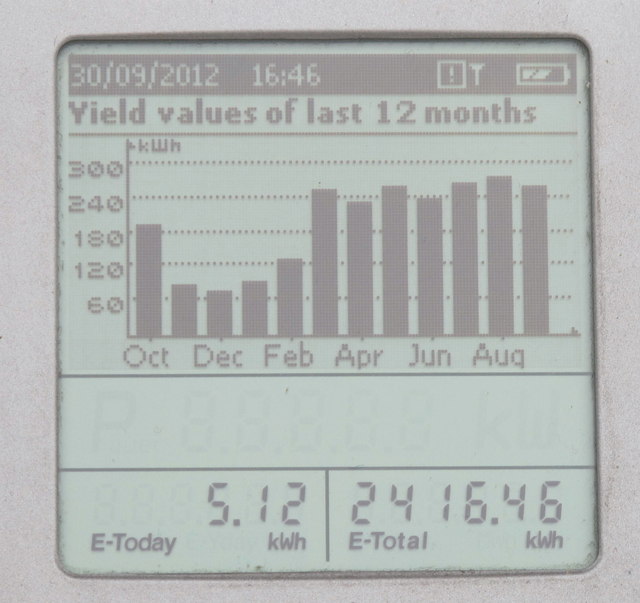When we talk about efficiency the way we usually think of energy savings, or what is the same, reduce the amount of gas bills, electricity, etc. And to put extensive effort that task without realizing that before starting to walk toward a goal we must know what is the point from which we start. And herein lies the importance of energy monitoring systems: allow us to know our consumer profile for analysis and, based on the conclusions drawn, decide the best way to save. And when we have implemented improvement actions decided, we will rely on data from the system to see if they are all efficient than we thought.
The monitoring system must be able, at least, consumption give us our installation and (very important) load profile of the same, which will allow us to know how such consumption are distributed in time. We can add information about the quality of the energy consumed (harmonics, disturbances, etc).
We can distinguish three parts in a monitoring system:
- Accountants. They are responsible for collecting the data from our facility. We can incorporate counters for all energies present: water, electricity, vapor, gas, etc. Logically, the greater the number of counters installed greater system capacity of giving information to optimize consumption; but also the greater the system price.
- Communication system. The classical method of sending someone with a libretilla to record the meter data and then pass them to an Excel spreadsheet is not admissible in the age of telecommunications. The meters must be capable of communicating the data collected through a communications network. Most commonly counters communicate each other by means of cables and use the Modbus protocol. Later, we will use a Modbus-Ethernet converter to bring the data collected through a computer network.
- Control Software. In it lies the power of the system. We can choose a simple software, capable only of tabular and graph the information collected or we can look for a more powerful software that allows us to do trend analysis, comparisons between different plants, estimation of invoices, assigning costs to departments, etc. In the market there are options for all tastes.
And now tell me ... But if instead of saving what we have done so far has been spending money hand over fist! Yes, a monitoring system does not save per se. Now we sit in front of the printer, wait for the system to spit out the first report, study it and decide according to what we see the best savings strategy. It can be something as simple as realizing that during the weekend the compressors remain on or as complex as finding out why the consumption of two equal production lines do not coincide ... Of all that we will talk about another day,es.
Did you like this article? Subscribe and you will be updated with all blog articles, CLICK AQUí.

